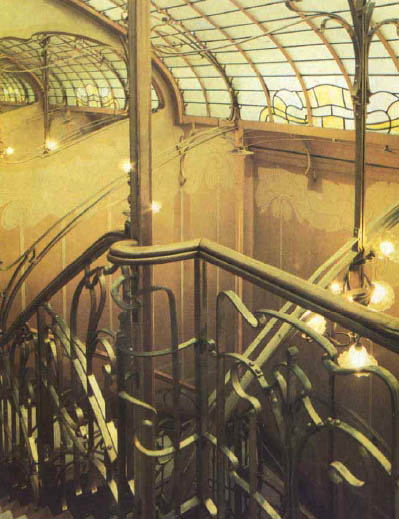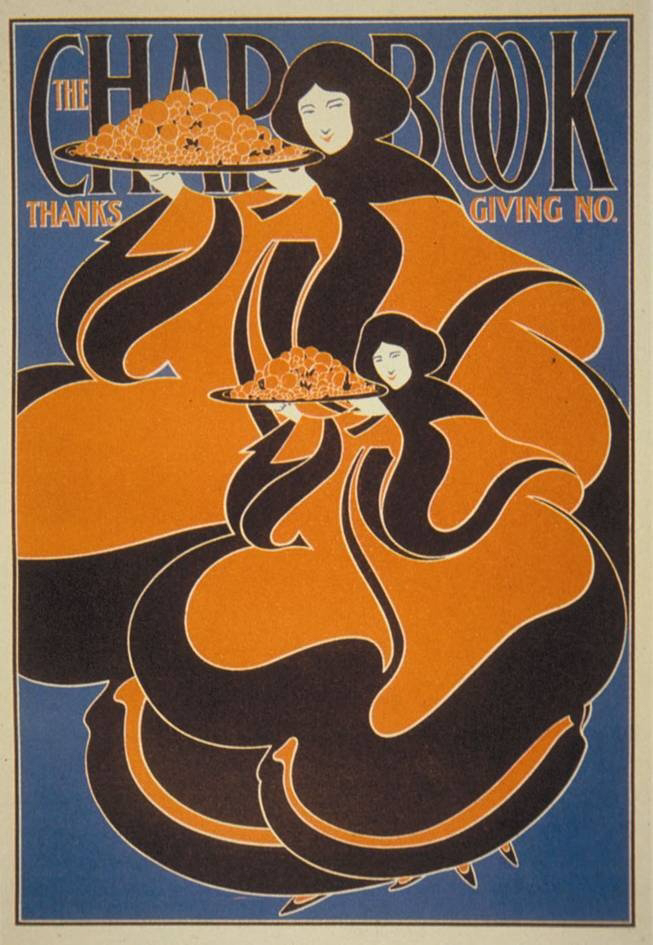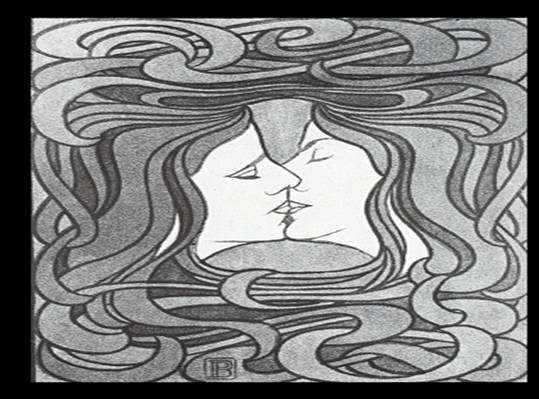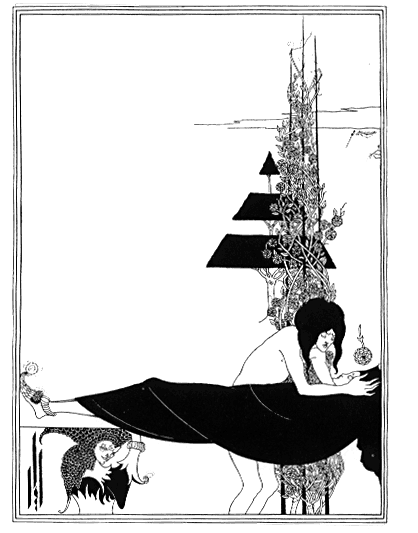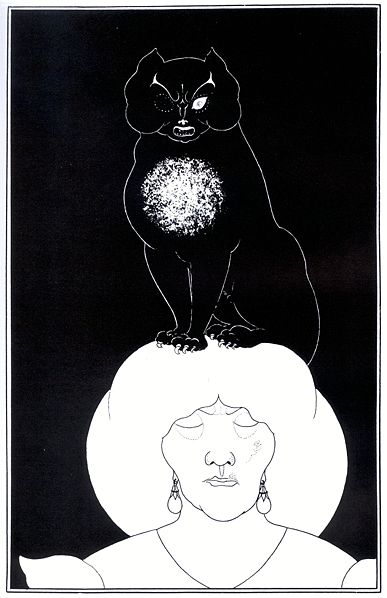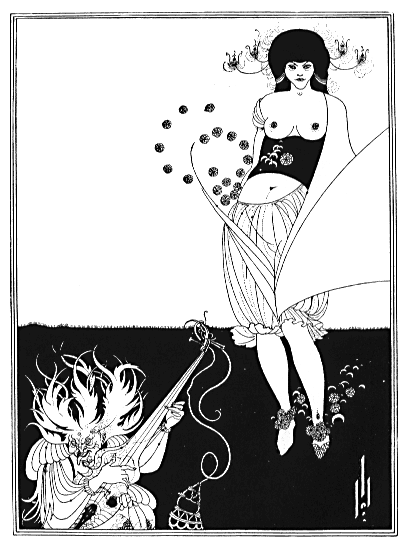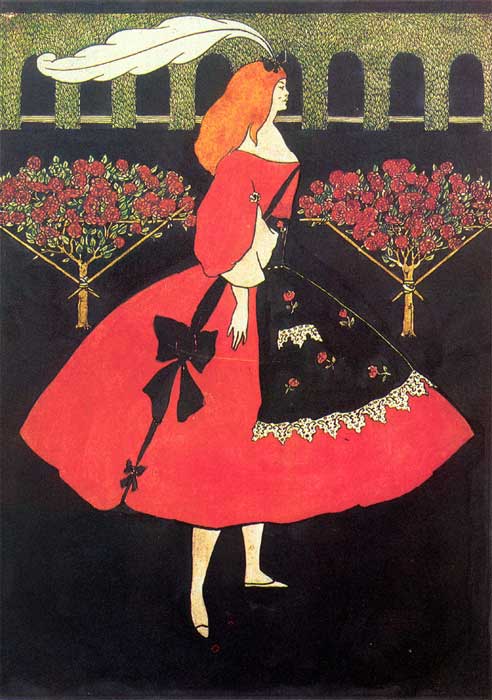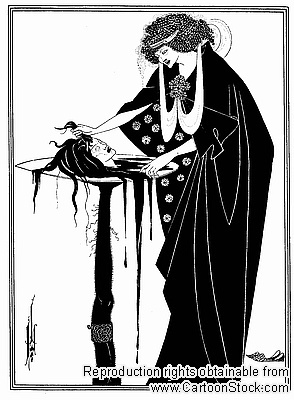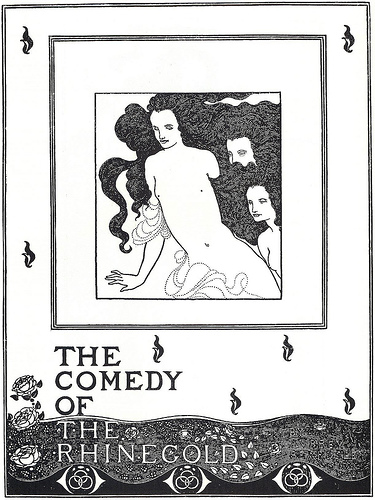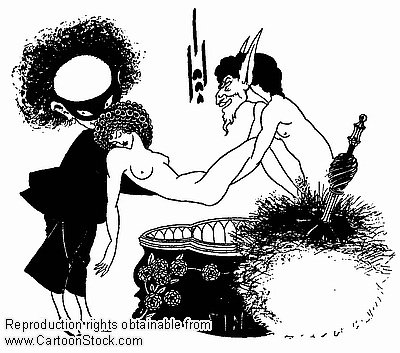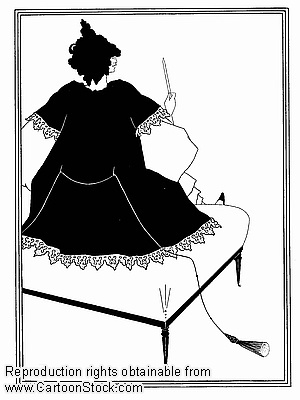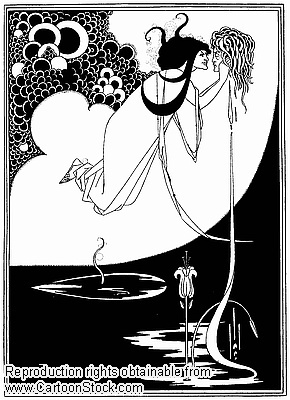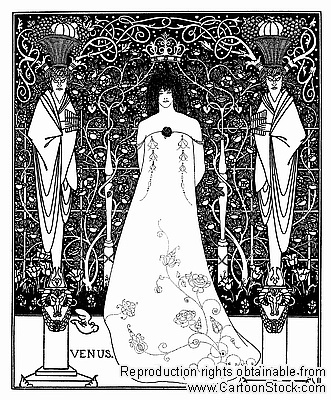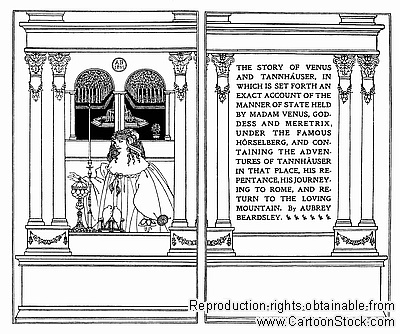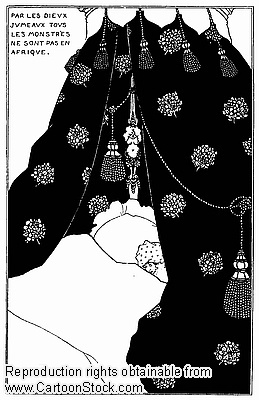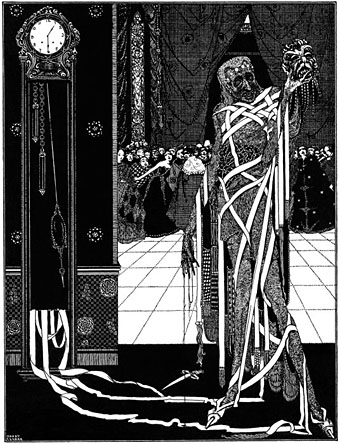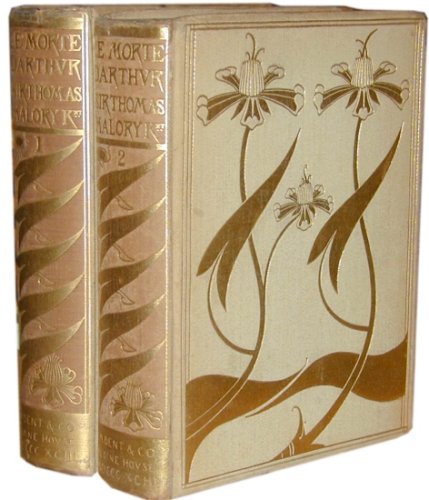Art Nouveau
"An international style of decoration and architecture which developed in the 1880s and 1890s. The name derives from the Maison de l'Art Nouveau, an interior design gallery opened in Paris in 1896, but in fact the movement had different names throughout Europe. In Germany it was known as 'Jugendstil', from the magazine Diejugend (Youth) published from 1896; in Italy 'Stile Liberty' (after the London store, Liberty Style) or 'Floreale'; in Spain 'Modernista', in Austria 'Sezessionstil' and, paradoxically, in France the English term 'Modern Style' was often used, emphasizing the English origins of the movement."In design Art Nouveau was characterized by writhing plant forms and an opposition to the historicism which had plagued the 19th century. There was a tension implicit throughout the movement between the decorative and the modern which can be seen in the work of individual designers as well as in the chronology of the whole. Its emphasis on decoration and artistic unity links the movement to contemporary Symbolist ideas in art, as seen in the work of the Vienna Secessionists, but the movement was also associated with Arts and Crafts ideas and, as such, Art Nouveau forms a bridge between Morris and Gropius (recognized by Pevsner in his book, Pioneers of the Modern Movement, 1936).
"In Britain the style was exemplified by the architecture of Rennie Mackintosh, and the design work of the Macdonald sisters. The lingering impact of Morris in England slowed down the progress of the new style in design although Mackmurdo, Godwin, Townsend and even Voysey were influenced towards Art Nouveau. It was in illustration that the ideas were most keenly felt, through the new periodicals and presses - the Yellow Book, the Studio, the Savoy, the Hobby Horse - and though the work of Beardsley, Ricketts and Selwyn Image.
"In France, despite Guimard's famous glass and iron Metro designs, the movement was best expressed in the applied arts, especially the glassware of Lalique (1860-1945) and Galle (1846-1904). In Belgium, the style was promoted through the Societe des Vingts (Les Vingt) established in 1884, and including Ensor as well as the more characteristically Art Nouveau architects Horta and Van de Velde in its members. In Spain the style was concentrated in the eccentric hands of Gaudi in Barcelona. In Vienna, architects like Wagner, Hoffmann and Olbrich, and artists such as Klimt gathered to promote the style through the Secessionist magazine Ver Sacrum. In Germany, the movement split between the decorative tendencies of Otto Eckman (1865-1902) and the Pan magazine, and the streamlined design of Behrens. In America architects like Sullivan and Wright were influenced by European ideas but conceived Art Nouveau in different terms, whilst designers like Tiffany enthusiastically embraced the movement.
- From "The Bulfinch Guide to Art History"
Art Nouveau climaxed in the years 1892 to 1902. One of the first Art nouveau paintings can be found at Roquetaillade castle (France). Viollet-le-Duc restored the castle in the 1850's, and even though his ideal was to create a Gothic revival, his fresque in the keep of the castle is a pure example of "pre" Art Nouveau style -- organic movement, colour and grace.
The first stirrings of an Art Nouveau "movement" can be recognised in the 1880s, in a handful of progressive designs such as the architect-designer Arthur Mackmurdo's book cover design for his essay on the city churches of Sir Christopher Wren, published in 1883. Some free-flowing wrought iron from the 1880s could also be adduced, or some flat floral textile designs, most of which owed some impetus to patterns of High Victorian design.
A high point in the evolution of Art Nouveau was the Exposition Universelle of 1900 in Paris, in which the 'modern style' triumphed in every medium. It probably reached its apogee, however, at the Esposizione Internazionale d'Arte Decorativa Moderna of 1902 in Turin, Italy, where designers exhibited from almost every European country where Art Nouveau flourished. Art Nouveau made use of many technological innovations of the late 19th century, especially the broad use of exposed iron and large, irregularly shaped pieces of glass in architecture. By the start of the First World War, however, the highly stylised nature of Art Nouveau design — which itself was expensive to produce — began to be dropped in favour of more streamlined, rectilinear modernism that was cheaper and thought to be more faithful to the rough, plain, industrial aesthetic that became Art Deco. Art Nouveau, 1890-1914, explores a new style in the visual arts and architecture that developed in Europe and North America at the end of the nineteenth century. The exhibition is divided into three sections: the first focuses on the 1900 World's Fair in Paris, where Art Nouveau was established as the first new decorative style of the twentieth century; the second examines the sources that influenced the style; and the third looks at its development and fruition in major cities in Europe and North America.
Art Nouveau, 1890-1914, explores a new style in the visual arts and architecture that developed in Europe and North America at the end of the nineteenth century. The exhibition is divided into three sections: the first focuses on the 1900 World's Fair in Paris, where Art Nouveau was established as the first new decorative style of the twentieth century; the second examines the sources that influenced the style; and the third looks at its development and fruition in major cities in Europe and North America.
At its height exactly one hundred years ago, Art Nouveau was a concerted attempt to create an international style based on decoration. It was developed by a brilliant and energetic generation of artists and designers, who sought to fashion an art form appropriate to the modern age. During this extraordinary time, urban life as we now understand it was established. Old customs, habits, and artistic styles sat alongside new, combining a wide range of contradictory images and ideas. Many artists, designers, and architects were excited by new technologies and lifestyles, while others retreated into the past, embracing the spirit world, fantasy, and myth.
Art Nouveau was in many ways a response to the Industrial Revolution. Some artists welcomed technological progress and embraced the aesthetic possibilities of new materials such as cast iron. Others deplored the shoddiness of mass-produced machine-made goods and aimed to elevate the decorative arts to the level of fine art by applying the highest standards of craftsmanship and design to everyday objects. Art Nouveau designers also believed that all the arts should work in harmony to create a "total work of art," or Gesamtkunstwerk: buildings, furniture, textiles, clothes, and jewelry all conformed to the principles of Art Nouveau.
Beardsley
English Art Nouveau printmaker
born 24 August 1872 - died 16 March 1898
오브리 비어즐리
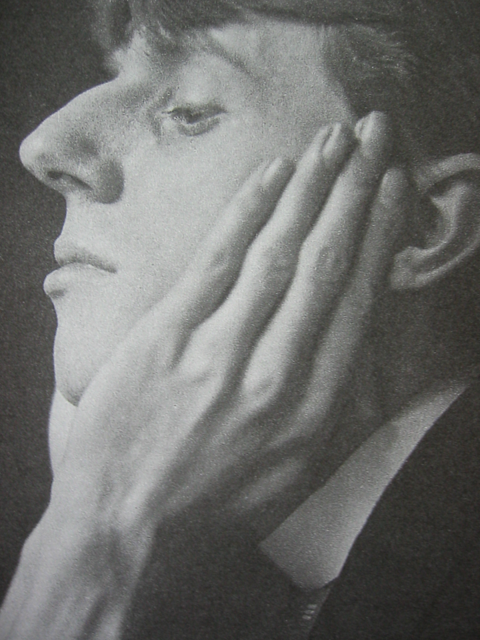
The following are the chief works which are illustrated with drawings by Beardsley: the Bon Met Library, The Pall Mall Budget, and The Studio (1893), Sir Thomas Malory’s Morte d’Arthur (1893—1894), Salomé (1894), The Yellow Book (1894—1895), The Savoy Magazine (1896), The Rape of the Lock (1896).
See also J. Pennell, The Studio (1893); Symons, Aubrey Beardsley (1898); R. Ross, Volpone (1898); L-L. C. Marillier, The Early Work of Aubrey Beardsley (1899); Smithers, Reproductions of Drawings by Aubrey Beardsley; John Lane, The Later Works of Aubrey Beardsley (1901); R. Ross, Aubrey Beardsley (1908). (E.F.S.)
Source: Entry on the artist in the 1911 Edition Encyclopedia.
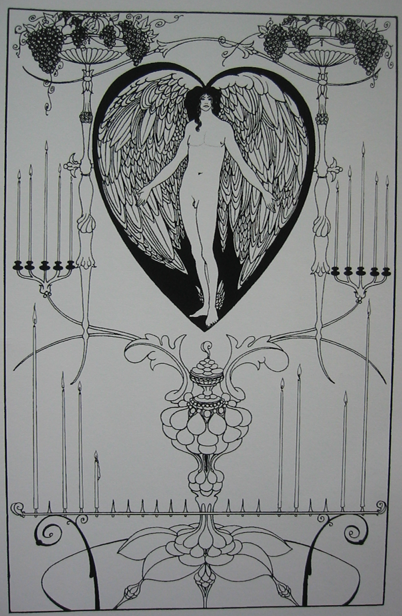

후기빅토리아 시대, 런던에서 큰 반향을 일으켰던 오브리 비어즐리(Aubrey BEARDSLEY, 1872-98)의 괴기스럽고도 유희적이고, 에로틱하지만 우아한 드로잉 작품을 볼 수 있는 전시이다. 25세의 나이로 요절하기 전 7년간 제도공이자 일러스트레이터로 활동한 비어즐리의 강렬하고 복잡한 페르소나가 당시 시대상에 끼친 영향은 막대하여 비평가 맥스 비어봄(Max BEERBOHM, 1872-1956)은 1890년대를 ‘비어즐리 시대’라고도 일컬었다.
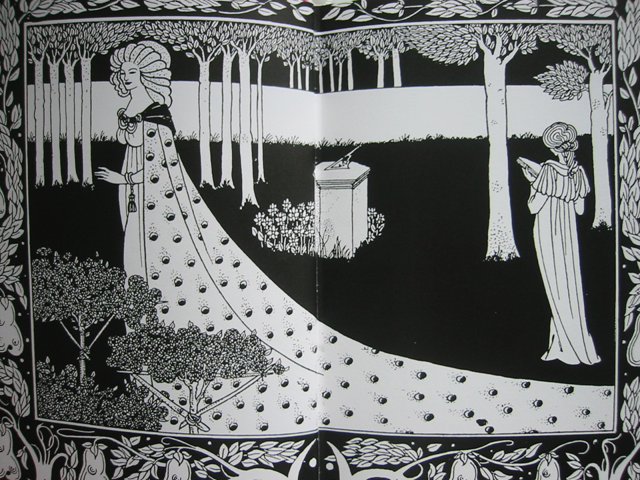
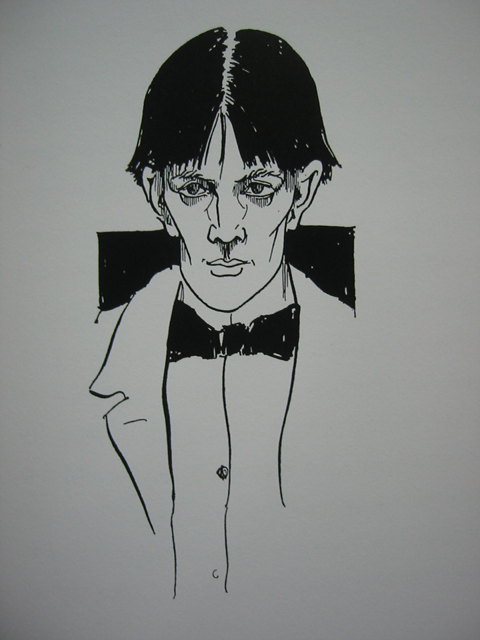
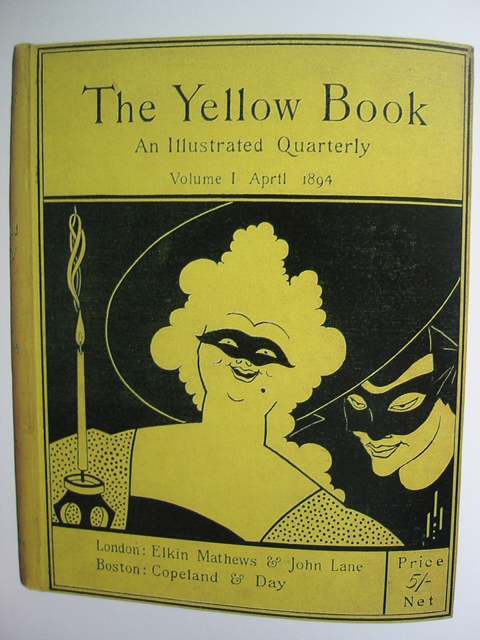
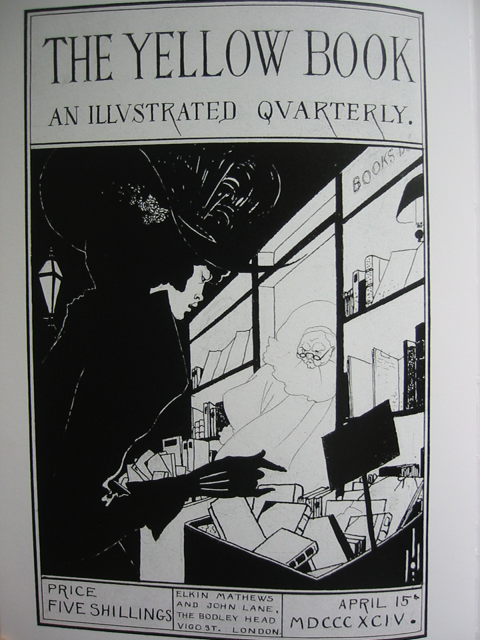
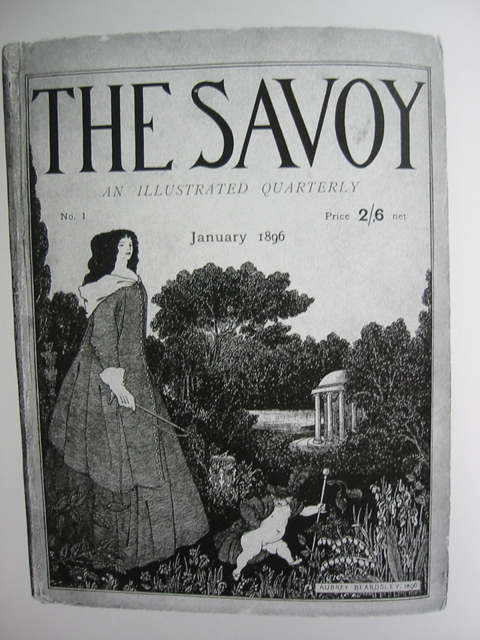
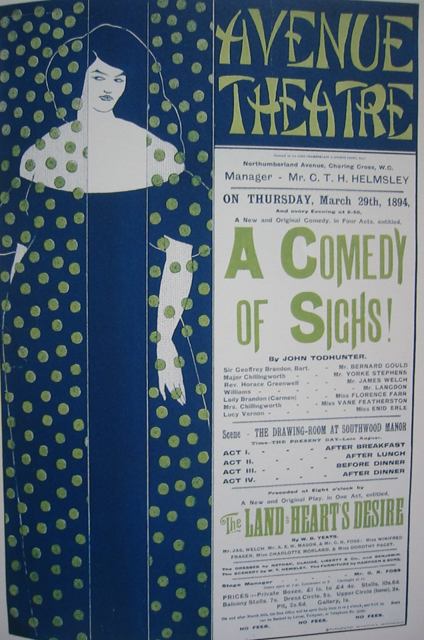
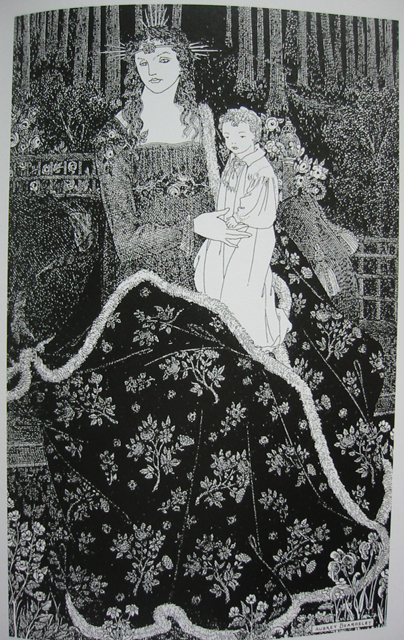
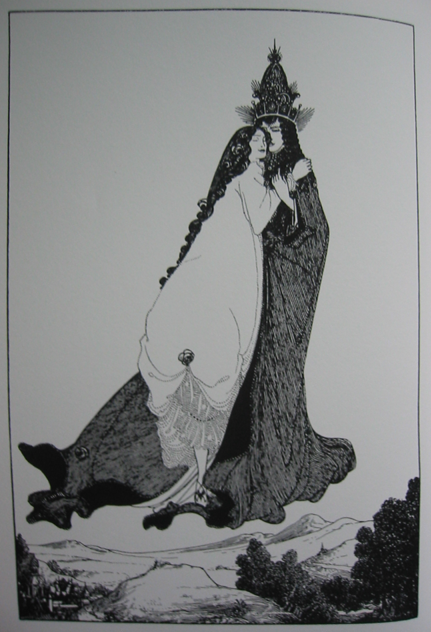
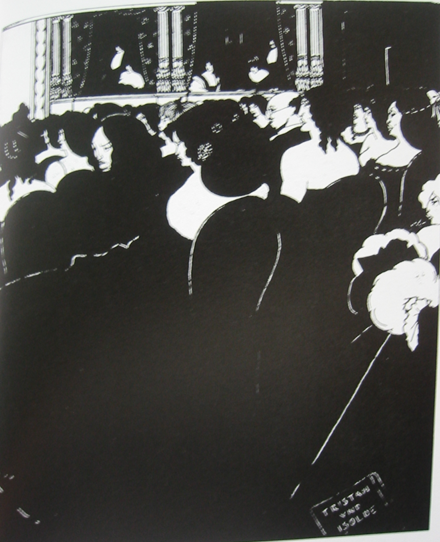

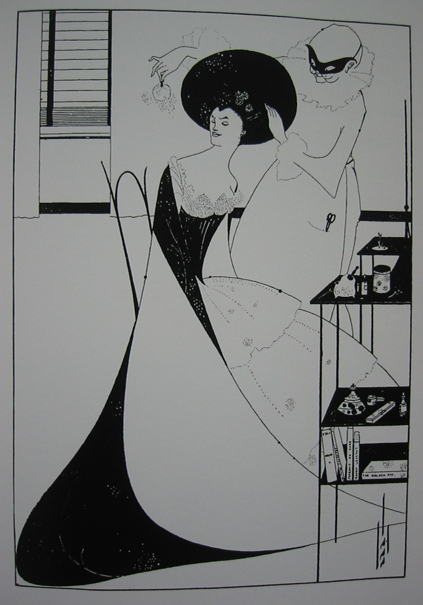
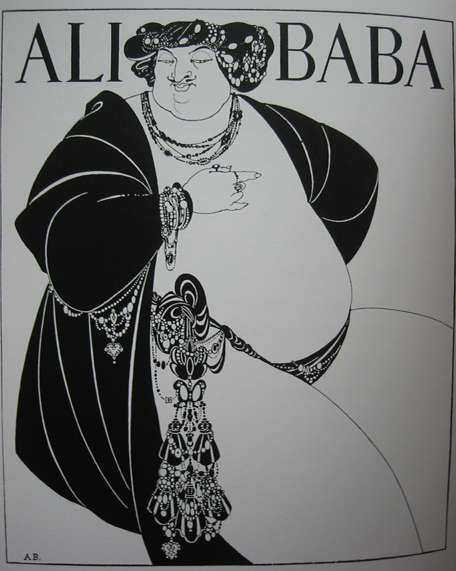
'History of Arts > 19C' 카테고리의 다른 글
| 오노레 도미에 (0) | 2020.06.15 |
|---|---|
| art nouveau (0) | 2020.05.11 |
| 알퐁스 뮤샤 (0) | 2020.05.11 |
| 후기인상주의-세잔 (3) | 2020.05.04 |
| 쟈포니즘 (0) | 2020.05.04 |
